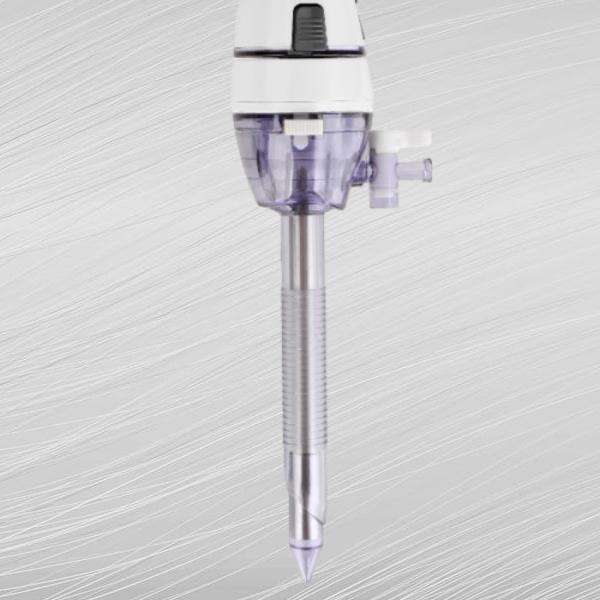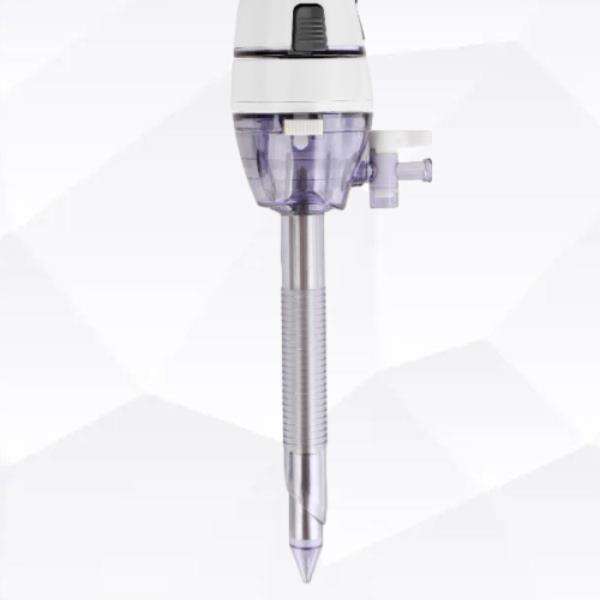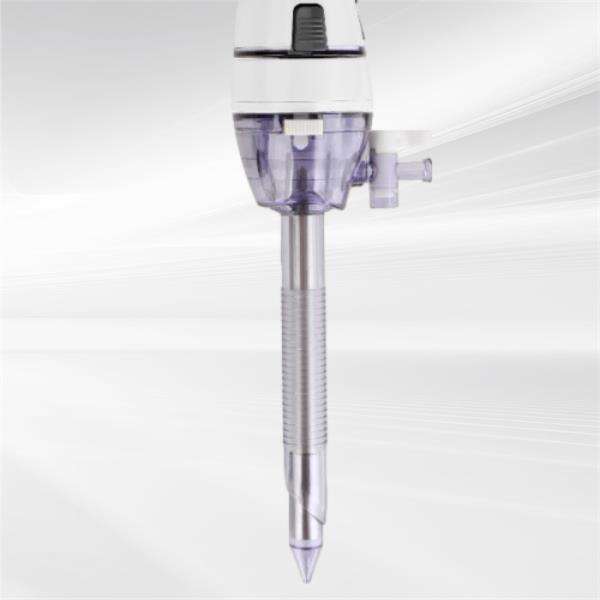It helps the doctors and they can know whether a human being has lung cancer or not, which is indeeda life taking disease. It can cause lung problems for people, such ascoughing or difficulty breathing. This is a sign of lung cancer. Cancer, meanwhile, is the opposite aberration: a bunch of cells in your body that start replicating too fast and without limit. This can lead to serious illness, and hence early detection for this infection is important for treatment.
In this process the doctor will start by the plastic tube bronchoscope that goes through the patient's nose and throat. This is basically a long tube with a small video camera at the other end. The bronchoscope travels through your mouth to reach and see into your lungs. It sounds a bit scary, but do not worry, you will be put to sleep and feel nothing! That tiny camera, so the doctor can see into your lungs.
The doctor then employs the ultrasound part of EBUS. This entails a device that uses sound waves to penetrate the lungs, Think about how if you were to drop a pin in a big empty room and then yell, the yelling would echo back at you from walls so that is how the sound waves return creating an internal picture of your lungs. Isn’t that cool? Here is an image that shows the doctor what might be wrong.
At that point, the doctor takes a little biopsy (small needle) from your lungs. That process is called transbronchial needle aspiration (TBNA). The physician need this tiny bit of muscle so that they can analyze it using microscope. This will make it easier for them to study the tissue and identify cancer cells.

Anyway, you must be pondering when this test comes into play! Well firstly, it is a lot less painful than the other ways of checking lung cancer. In the past doctors had to do such major surgeries only to take some larger lung samples but they were painful and took a long time for one to recover form her genres. Crazy fast for a pro, but so much less work and improves throughput that we are able to d/c patients well before noon!

Another perk of this test is that the ultrasound provides doctors with a better look into the lungs. Ultrasound may pick up some tiny things and it can be the difference between surgery or waiting and watching, but in my experience now everything gets 17 detailed scans. The ultrasound can see things in the lungs that nothing else can. This gives the doctors a deeper insight into the workings inside and helps them make more accurate decisions on how to help the patient.

In fact, the needle part of the test is excellent at detecting lung cancer. The literature says that EBUS-TBNA succeeds in diagnosing lung cancer >90% of the time! In plain English, if you have lung cancer and a doctor takes your blood to run this test the odds are very good they will find it. There are better treatments available that do reduce foul symptoms if you catch it early.
The team's core is comprised of highly experienced professionals with a endobronchial ultrasound guided transbronchial needle aspiration of experience and an ingenuity that is hard to beat. They also have the rights to their intellectual property.
Utilizing an ERP system we can efficiently manage endobronchial ultrasound guided transbronchial needle aspiration achieving rapid development output and facilitate the swift introduction of new products to the market
More than 8,000 square metres of factory buildings that have been endobronchial ultrasound guided transbronchial needle aspiration, which ensures the quality of each product meets international quality standards.
Offering a endobronchial ultrasound guided transbronchial needle aspiration range of digestive, respiratory and urinary solutions, that are close to clinical needs, to provide physicians with reliable and safe products to help patients recover health.

